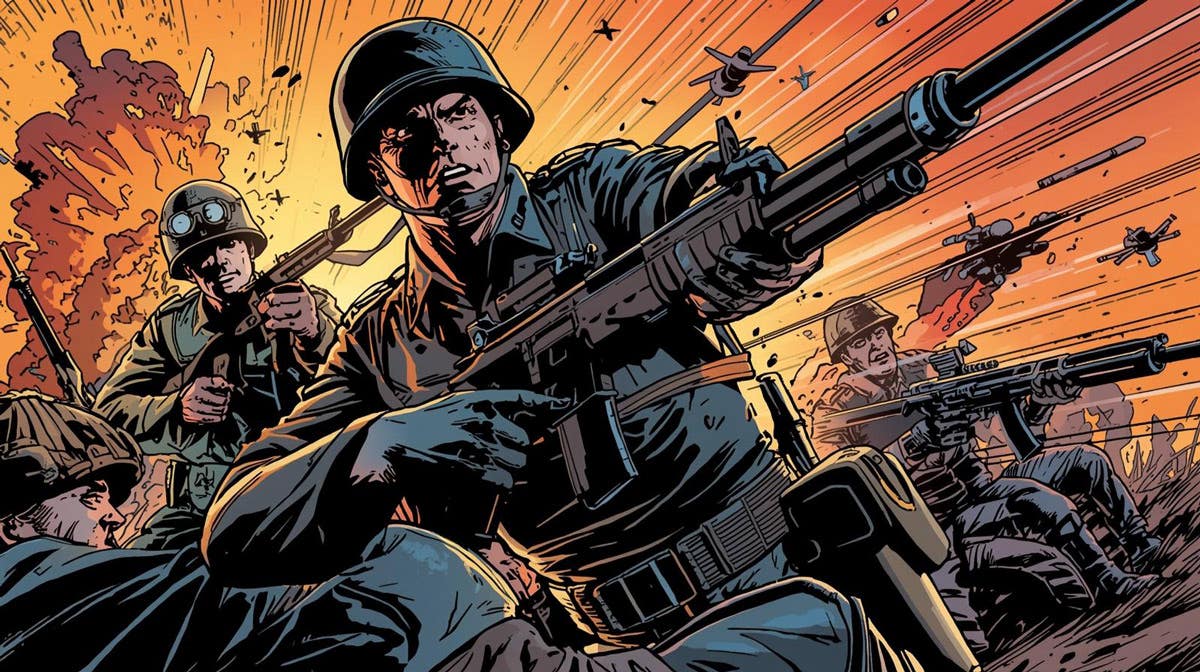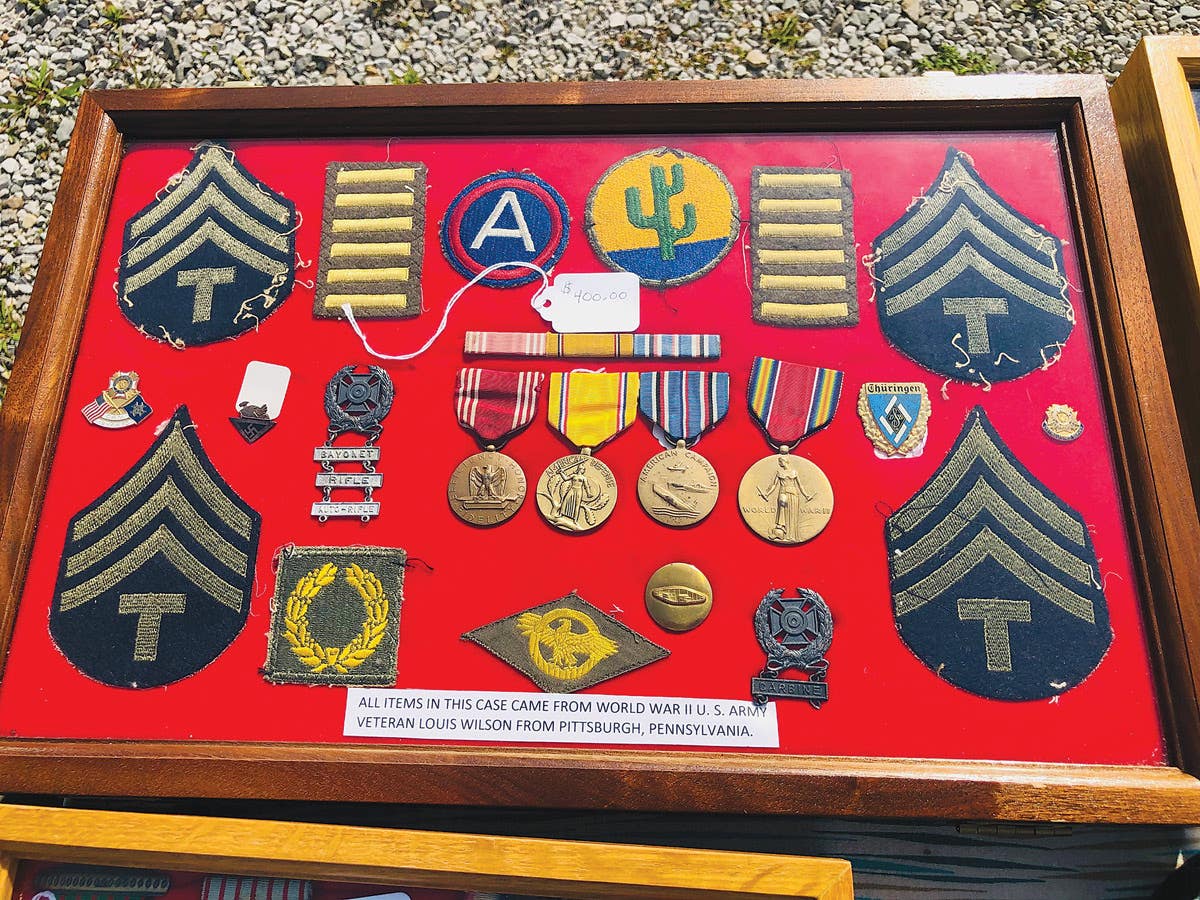Surrender!
A look at safe conduct passes and propaganda leaflets of WWII
Psychological warfare aimed at the young men and women of opposing forces has frequently been a tactic throughout the history of human conflict. For thousands of years, rumors and “leaked” documents were often used to spread discord among both the enemy troops and their civilian populations.
During the American Revolutionary War, printed leaflets were turned out by the thousands and covertly distributed to demoralize the homesick British troops and fortify the resolve of the American patriots. With the ability to quickly mass produce and deliver millions of leaflets from high-flying aircraft during World War II, this strategy became a significant part of both Allied and Axis attempts to demoralize the enemy and encourage surrender; playing on the horrid conditions that many soldiers lived in and convincing them to abandon their units and come over to “our side”. Racial prejudices, economic worries, ideological commonalities, thoughts of total annihilation and fear of abandonment by those they left behind were all topics used to persuade young soldiers to throw down their arms.
Once soldiers surrendered to the enemy, they were usually told that they would be given adequate food, housing and medical treatment, then left to wait in relative safety and comfort until they could eventually return to their families and homes. For those who gave in to these temptations, actual life in captivity often involved physical and mental deprivations and abuse, sometimes resulting in death. As the war intensified, supplies became scarcer and hatred toward prisoners by their captors increased.
Besides enemy soldiers, civilians in areas of conflict have been targeted for the leaflet campaigns. They were often warned of potential attacks and advised to leave speedily to escape the impending destruction that would be coming their way. These aerial bombardment targets were often comprised of military or manufacturing areas slated for destruction which were essential to the enemy war efforts (though as was not always the case as in London or Dresden).
While leaflets sometimes saved the lives of innocents and reduced overall casualties, enemy combat troops were often thrown into disarray as positions were quickly emptied, and civilian production of war materials was hampered when workers and their families fled to the countryside. In addition, the morale of partisan fighters was greatly boosted when they witnessed droves of workers and soldiers leaving the areas targeted for attack. In general, propogandists hoped that if enough of the “right” information was distributed to and believed by the general
population of an enemy state, the people would begin to doubt the values of their government’s actions, implore those they knew in the military to resist the war efforts, and eventually overthrow their leaders.
The thousands of different antiwar and surrender leaflets used during WWII came in a variety of sizes, shapes and colors, often printed on coarse, cheap, disposable paper. Themes ran from scare tactics about the overwhelming might of their enemy, to what was happening to the soldiers’ loved ones back home since they were not there to protect them. This was especially true in Europe and Asia, where emphasis was placed on the physical destruction taking place in the soldier’s homelands, and the
hardships brought on their loved ones as a result of a “useless and unjust” war.
Large “cluster bomb” canisters were loaded in aircraft and dropped over rival combatants’ held territory, or intended enemy bombing targets, releasing showers of leaflets before the actual attacks. In the case of surrender documents, several languages were often printed on the same paper sheets to be read and understood by both sides. These were then used as “white flags” to potential captors, advising them how to peacefully treat those surrendering, and advising the prisoners of the handling they could expect to receive afterwards.
With WWII ending in late 1945, the use of propaganda documents saw a brief hiatus until the strategy resurfaced in the Korean, Vietnam and Middle Eastern wars.
*As an Amazon Associate, Military Trader / Military Vehicles earns from qualifying purchases.
Chris William has been a long-time member of the collecting community, contributor to Military Trader, and author of the book, Third Reich Collectibles: Identification and Price Guide.
"I love to learn new facts about the world wars, and have had the good fortune to know many veterans and collectors over the years."
"Please keep their history alive to pass on to future generations".








